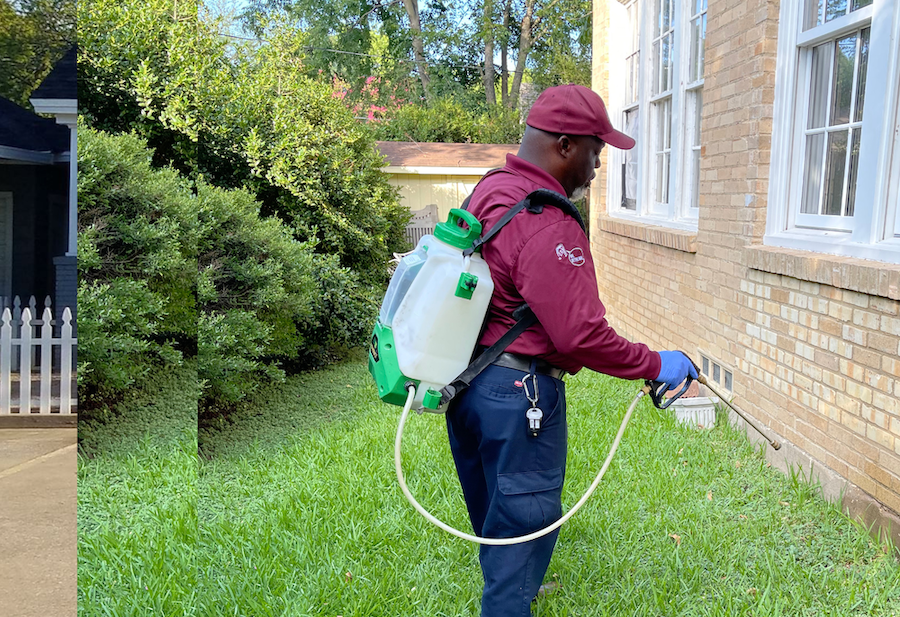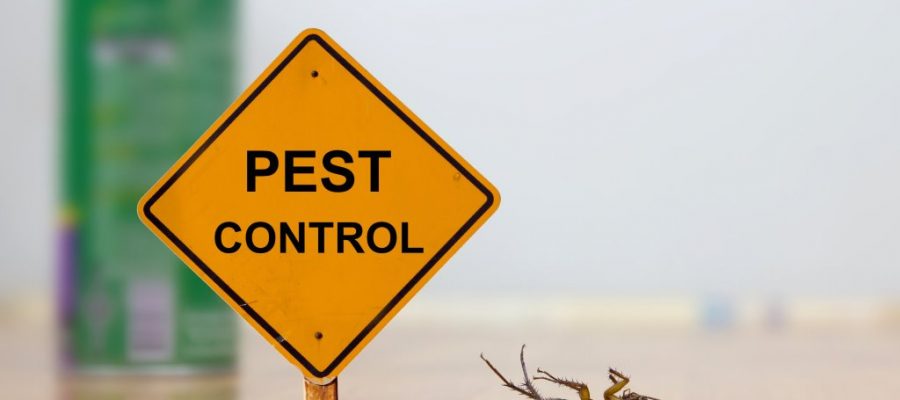Pest Control services to safeguard your property from harmful insects.
Eco-Friendly Bug Control Approaches for Handling Wildlife in Urban Areas
Urban areas usually find themselves at the crossway of human activity and wildlife, leading to special difficulties in bug monitoring. These strategies not just shield the environment but likewise boost area engagement in wildlife management. As city populaces proceed to expand, recognizing the characteristics of wild animals communications comes to be increasingly vital.
Comprehending Urban Wildlife Characteristics
Comprehending Urban Wild animals Characteristics is crucial for developing efficient and environment-friendly bug control strategies. Urban areas are increasingly coming to be environments for numerous wild animals varieties, driven by variables such as environment fragmentation, food availability, and human encroachment. Recognizing these dynamics allows for a nuanced approach to pest monitoring that straightens with ecological principles.
Urban wildlife frequently includes varieties such as raccoons, squirrels, and birds, which adjust to city atmospheres, finding specific niches in green rooms, parks, and also residential areas. Their presence can bring about conflicts with human beings, specifically when they exploit human sources for food and shelter. Recognizing the behaviors and environmental duties of these varieties notifies strategies that reduce adverse communications while promoting biodiversity.
Moreover, recognizing the interdependencies within urban ecological communities helps in determining essential areas for environment conservation and remediation. This expertise contributes to the advancement of incorporated pest administration (IPM) strategies that consider the environmental balance, thereby lowering reliance on unsafe chemicals. By cultivating coexistence between humans and urban wildlife, cities can create healthier atmospheres that benefit both residents and regional environments, leading the way for sustainable urban living.
All-natural Repellents and Deterrents
All-natural repellents and deterrents provide a lasting alternative to traditional bug control techniques by taking advantage of the power of nature to keep unwanted types away. These environment-friendly solutions usually utilize plant-based components, important oils, and various other naturally happening materials that prevent insects without hurting the atmosphere.
One efficient all-natural repellent is peppermint oil, which is known to repel rats and insects. Its solid scent is unpleasant to many bugs, making it a prominent choice for metropolitan settings. In a similar way, vinegar and citrus peels can work as deterrents, as their solid odors are commonly uninviting to various wild animals.
Furthermore, diatomaceous planet is an all-natural powder that can be spread out in areas vulnerable to parasite activity, effectively dehydrating and hindering pests without posing threats to non-target species. Garlic sprays and neem oil are recognized for their capability to ward off a vast variety of pests, including both insects and larger wild animals.
Carrying out these all-natural repellents not just lowers reliance on chemical pesticides yet also promotes a much healthier metropolitan community, cultivating a much more balanced coexistence between human beings and wildlife. By using these strategies, urban locations can effectively take care of pest populations while minimizing environmental effect.
Environment Modification Strategies
Effective habitat alteration methods play a vital duty in lasting pest administration by altering the setting to make it less for pest invasions. By recognizing the environmental dynamics of urban locations, homeowner can implement strategic alterations that deter insects while advertising biodiversity.
(Misting Systems Pest Control)One key method entails preserving correct cleanliness. This consists of routine waste elimination, protecting garbage containers, and eliminating standing water to decrease reproducing websites for pests and rodents. Additionally, landscaping techniques such as selecting native plants can enhance eco-friendly equilibrium, offering habitats for useful organisms while reducing resources for insects.
An additional vital strategy is to seal access factors in buildings. Checking and repairing fractures in foundations, wall surfaces, and windows can dramatically lower parasite gain access to. In addition, creating physical obstacles, such as fencings or plant barriers, can prevent wildlife activity right into human-inhabited locations.
Integrated Pest Monitoring Practices
Structure upon habitat adjustment strategies, incorporated pest monitoring (IPM) practices use a holistic strategy to regulating pest populaces while reducing environmental impact. IPM incorporates different approaches, including biological, social, mechanical, and chemical controls, to attain efficient insect management.
Organic control includes the introduction of all-natural predators or bloodsuckers to reduce pest populaces. Social methods, such as crop rotation and cleanliness, disrupt pest life process and reduce their habitats - Pest control service. Mechanical controls, like catches and obstacles, offer immediate remedy for parasite stress without chemical intervention
Chemical controls are utilized as a last resource, concentrating on targeted applications that restrict injury to non-target types and the setting. The choice of eco-friendly pesticides, when essential, is important to the IPM structure. In addition, keeping track of parasite populaces and examining potential damage assists inform decision-making, ensuring that interventions are prompt and efficient.
Community Participation and Education And Learning

(Interior Pest Control)Workshops and informational sessions can furnish homeowners with expertise about native types, habitat conservation, and reliable safe insect monitoring methods. Cooperation with schools, local organizations, and federal government companies further improves instructional outreach, guaranteeing that essential information reaches diverse target markets.
Additionally, community-led initiatives, such as neighborhood clean-up days and environment repair jobs, not only advertise biodiversity yet additionally strengthen neighborhood ties. Pest Control. By encouraging homeowners to share their experiences and monitorings, areas can create targeted strategies that resolve particular neighborhood bug problems
Integrating responses from homeowners into bug management plans enables a much more responsive and adaptive method to wildlife difficulties. Eventually, informed and engaged areas are key to accomplishing long-lasting success in environment-friendly pest control, causing much healthier metropolitan atmospheres that value both human and eco-friendly requirements.

Conclusion
In conclusion, environmentally friendly bug control comes close to offer lasting remedies for taking care of metropolitan wildlife. By prioritizing habitat adjustment, using natural repellents, and implementing integrated bug management techniques, communities can cultivate an unified conjunction with local fauna.